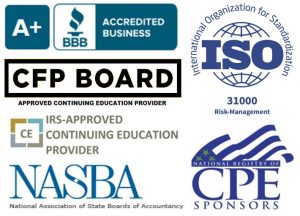West Virginia Patent of the Month – May 2025
Modulation Therapeutics Inc. has unveiled a new class of cancer-fighting compounds in U.S. Patent Application No. 20250136642, titled ‘Cyclic peptide compounds and methods of use [...]
Biotechnology Case Study
American Animal Nutrition Organization (AANO) focuses on natural, non-antibiotic solutions for animal health. In 2012, AANO began an eight-year study to ensure American beef’s quality, environmental responsibility, safety, and nutrition. Their hypothesis was that understanding gastrointestinal metabolism could improve feed intake, enhance efficiency, and reduce antibiotic reliance. The initial research involved identifying factors regulating cow feed intake and developing a suitable low-temperature, high-moisture pellet. AANO continuously built upon new knowledge gained from each experimental stage. After the first year, AANO assessed its R&D activities against the “Four-Part Test” to determine eligibility for the Research and Experimentation Tax Credit, then registered specific expenditures with the IRS. These included designing and developing prototypes to prove their hypothesis, which involved identifying substances impacting feed intake, validating a cow preference model based on chemosensory properties, determining the model’s statistical sensitivity, and finding optimal feed processing conditions. They also conducted trials and analyzed data for reproducible results, developed and tested feed intake and efficiency enhancers, performed background research to identify knowledge gaps, and engaged in ongoing analysis of customer feedback to improve prototype design, which involved continuous testing, development, and commercial analysis. Qualified research for the R&D Credit aims to develop new or improved business components like products or processes. The “Four-Part Test” requires a permitted purpose (new or improved functionality), elimination of uncertainty, a systematic process of experimentation, and a technological basis in hard science. AANO maintained extensive documentation, including background research, project records, testing protocols, results, resource logs, and tax invoices, to demonstrate compliance for potential IRS audits. Click here to learn more.
Choose your industry
Choose your state







































